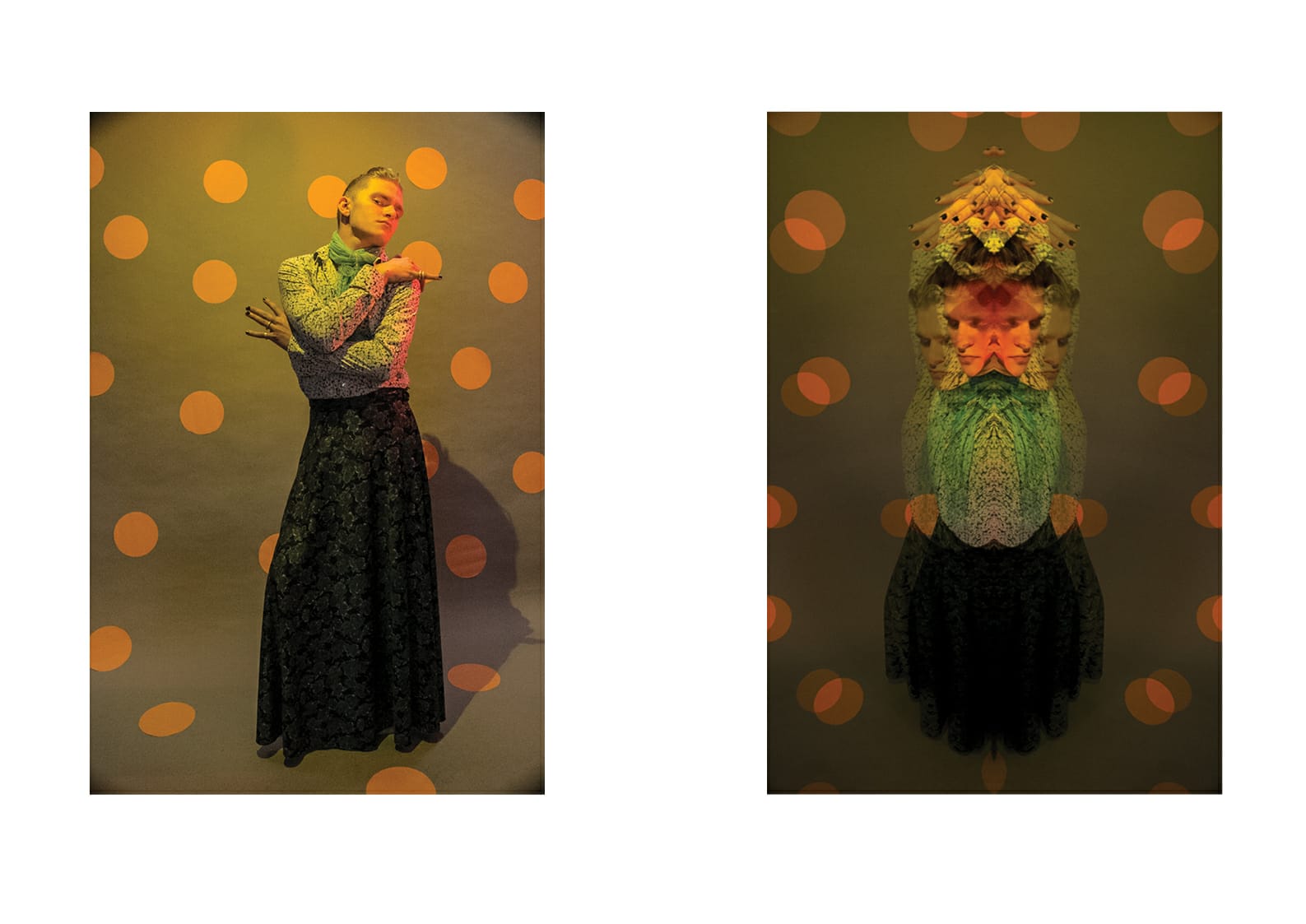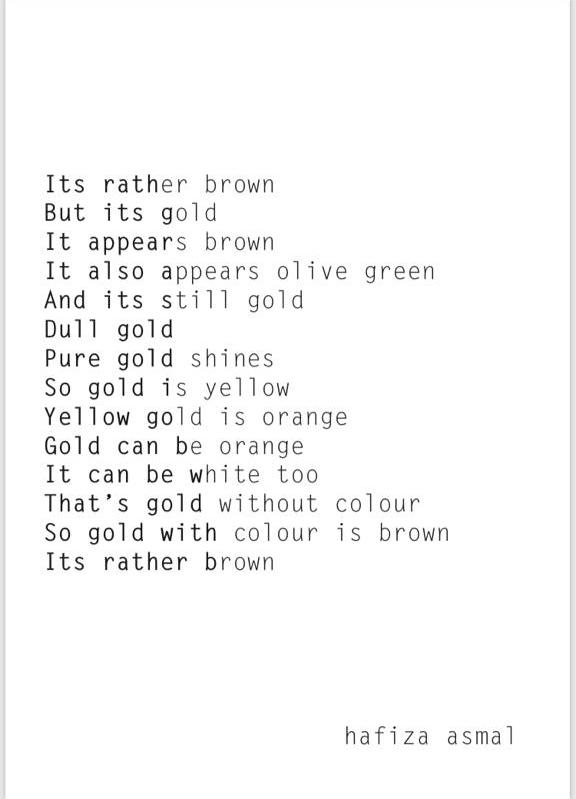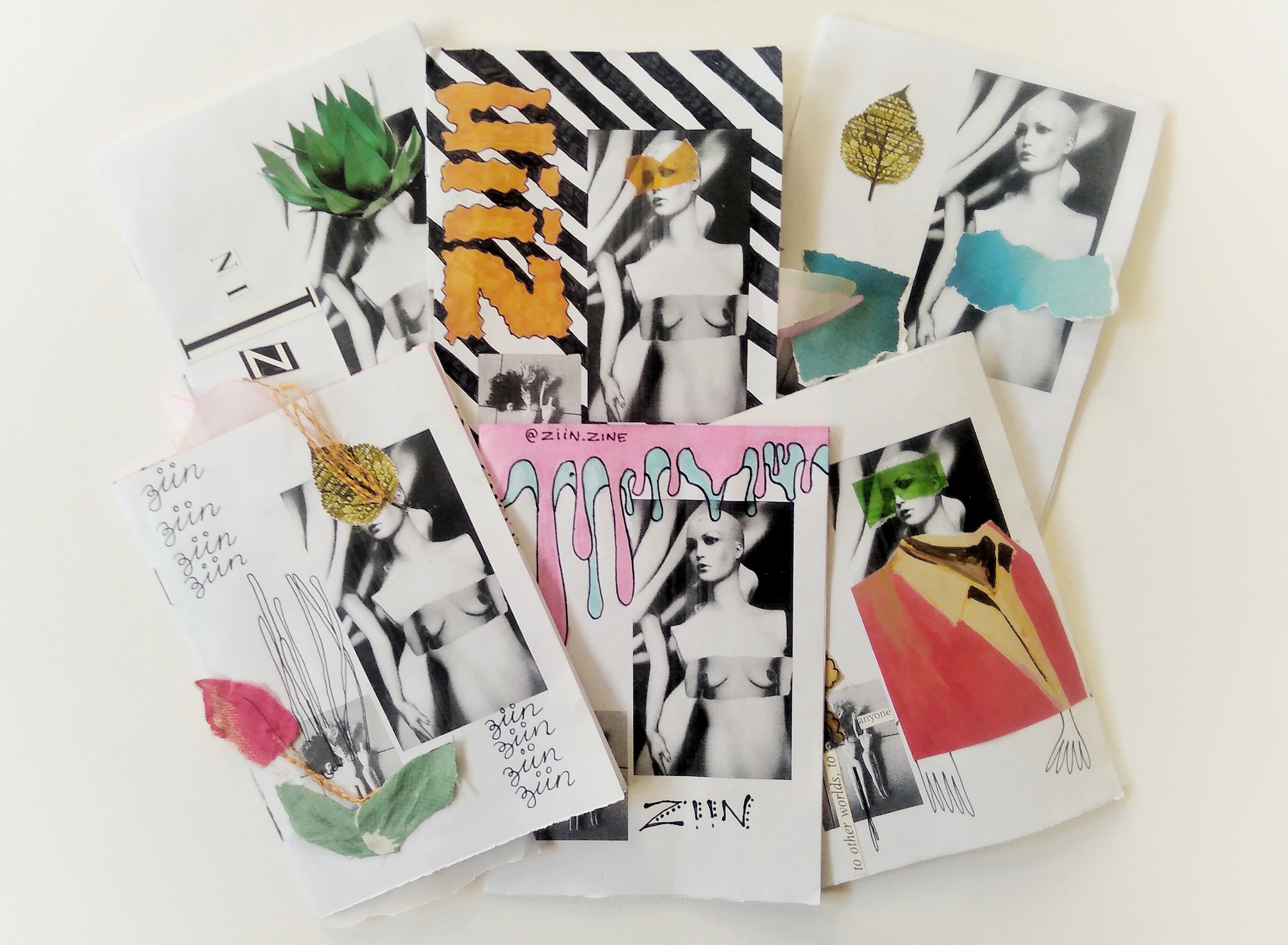Despite the many lamentations about the youth being lazy, narcissistic and only interested in selfie culture, today’s youth is in many ways bold, inquisitive and self-starting with a heightened awareness of intersectional politics. Many young people are thinking deeply about things that affect their lives and are constantly working towards more critical and more inclusive states of being. They are finding new modes of existence that challenge homophobia, fatphobia, racism, classism, exploitation and alienation. A mode of self-organising that has gained momentum in recent years is the zine.
A zine (/ziːn/ ZEEN; short for magazine or fanzine) is a small-circulation self-published work of original or appropriated texts and images, usually reproduced via photocopier. (Wikipedia)
This form of low cost self publishing has created a culture that has become a powerful form of creativity, resistance and joy. Zines are not a new phenomenon—if we think of the ways in which activists distributed information during apartheid or how avant garde artists from Europe to South America distributed knowledge, we are drawn to this image of small pamphlets produced at scale for distribution to the masses.

Looking around the publishing scene, I found that many artists are incorporating zines into their practice —using zines in conjunction with their larger practice to tell stories.
Visual artists Keneilwe Mokoena & Naledi Chai are the duo behind the zine project ziin.zine.
Our zines do not have a common theme, except that they are meant to be a collection of journal entries, ideas, experiments and mood boards. Each zine is hand-made with a variety of materials and is unique. Our approach is very DIY and driven by the idea of making art more accessible. So we go out in the streets to engage and sell directly to people.
This year also saw a new zine published by the peanut noir collective. The collective is thinking through the zine as an artwork that can highlight, interrogate and complicate seen and unseen relationships between different artistic mediums (photography, illustration, film and music).
Our first zine is very much about the collective itself. We wanted the first zine to be an expression of our individual styles and formats, as well as a merging of our imagery to create a flow throughout the zine.
Nathaniel Sheppard of DGI studio created a zine: Imperium in Imperio —referring to “an empire within an empire” which comes from a science fiction novel with the same title.
This zine is a glimpse into a larger conversation that traverses many institutions and exhibition ideologies. As transient as the black body can be, the ideas and adaptation of blackness can be seen shifting through time and space, materially and abstracted.
Zines are also extending beyond their aesthetic value and visual languages and becoming avenues to explore history. The key thread of the zine becomes nuance.

Nadia Laila Myburgh’s AF[RE]KAANS ZINE’s is highly conceptual and personal.
The purpose of the zine was to highlight the true origins of how the Afrikaans language was formed.
Not many know that it is a language of creole birth rooted in Khoi, Malay, French, Portuguese and Dutch; starting with key Khoi figures -Khoi Chief Autshumoa, his niece Krotoa and Nommoa, (also known as Doman) – who were translators for European traders and then for the Dutch settlers.
I had a chat with Abdul Dube of Abz, a DIY zine making project focussing on inclusivity and access in disseminating information. Their latest zine Queer Shots seeks to give voice and representation, allowing individuals to claim place and space.
Lebogang Mogul Mabusela (referring to herself as monotype babe, paper artist and zine queen) has been incorporating the zine as a way of reflecting on feminist theory. She creates bridal gifts such as paper guns and manuals in the form of a zine to accompany these objects.
Every year I self publish a “bridal catalogue” of a body of guns surrounding a particular feminist theme to it. So this year I created an edition on 12 four page user manuals for 12 guns that were invented late last year called Makoti Dreamz™. Each gun in this series has (materialises) a particular feminist defence, function and power. But the common theme is one that alludes to the audacity of the black female ego.

Keleketla Library recently hosted a zine festival (22nd June 2019) where third year fine art students from Wits University organised themselves into collectives and produced self titled zines. The collectives included: Magolide, From Left to Right, Ditaola, Back of the Moon, Call me Charlat, Deductum, Future Revisions 33 (FR33) and Switch Code —dealing with issues from decolonisation, language, history and the self.
A little bit about the publications here:
Deductum is a Latin word, meaning Withdrawal.
The word colonization in Latin is ‘Colonium Deductum’ – directly meaning colony withdrawal. The use of Latin as a name for a collective is used in irony – because our main focus is looking at subjective female experiences in varying contexts in contemporary post-colonial South Africa.
This publication focuses on the withdrawal from the structural norms in contemporary post-colonial South African society – done from a variety of female perspectives on the themes of religion, identity, clothing, land and culture.
Switch Code is an Art collective that explores language linguistically, socially and Interactively. They aim to present language as not only written or spoken but as visual, behavioural, symbolic, enabling, accessible and inaccessible. Through their work Switch Code creates a space of tension between accessible and inaccessible language as a way of exposing the intricacies and power dynamics that exist within language and its dissemination.
Ditaola Collective is interested in the forms of mobilizing decolonization and making it a performative definition that is intrinsic to our everyday lives. We aim to highlight the already existing ways in which this decolonization exists beyond the institutions and media platforms, but within the mundane spaces such as our homes and daily relations.
FR33 incorporates ideas if sequencing and resequencing. As a departure from previous publications, venturing into an image based publication.
What makes the zine attractive is how it allows a multiplicity of voice and language. In this way, zines become a way of mythologising, theorising and organising. Publication becomes a way of expressing power, subverting and writing oneself into history.



















































